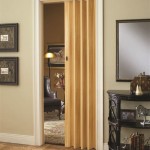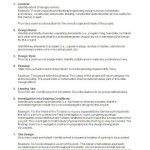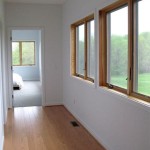Essential Aspects of Interior Design Psychology
Interior design psychology explores the profound impact that our surroundings have on our well-being and behavior. By understanding the fundamental principles of how our brains interact with different design elements, we can create interior spaces that positively influence our physical, mental, and emotional states.
Color Psychology
Colors evoke powerful emotions and psychological responses. Warm colors (red, orange, yellow) stimulate and energize, while cool colors (blue, green, purple) calm and soothe. Choosing appropriate colors for different spaces can create the desired atmosphere, whether it's a cozy living room or a focused workspace.
Spatial Psychology
The arrangement and layout of a space can significantly affect our perception and comfort. Open, spacious designs foster a sense of freedom and creativity, while enclosed, confined areas can promote feelings of security and privacy. Careful consideration of space optimization and flow can create functional and aesthetically pleasing environments.
Lighting Psychology
Lighting plays a crucial role in creating a desired mood. Natural light promotes alertness and vitality, while artificial light can be used to create specific atmospheres. Dim lighting fosters relaxation and intimacy, while bright lighting enhances focus and productivity. Understanding the psychological effects of different lighting scenarios can help optimize spaces for various activities.
Sensory Psychology
Interior design involves stimulating all five senses. Tactile experiences, such as soft fabrics and smooth surfaces, can provide comfort and relaxation. Auditory elements, like ambient music or soothing nature sounds, can create a calming and restorative atmosphere. By incorporating sensory elements, designers can enhance the overall experience and well-being of occupants.
Biophilic Design
Biophilic design connects humans with nature, which has been shown to have numerous psychological benefits. Incorporating natural elements, such as plants, wood, and natural light, can reduce stress, improve mood, and boost creativity. By fostering a connection to the outdoors, biophilic designs create healthier and more revitalizing spaces.
Conclusion
Interior design psychology is an essential aspect of creating spaces that support our well-being and enhance our lives. By understanding the psychological impact of colors, spatial arrangements, lighting, sensory elements, and biophilic design, we can design interiors that not only look beautiful but also nurture our physical, mental, and emotional health.

Psychology Of Interior Design How Furniture Affects Your Mood Italica

When Interior Design Meets Psychology Essence Of Home

Basic Psychology Of Interior Designing You Must Follow

Psychology Of Color In Interior Design

Psychology Of Space How Interiors Impact Our Behavior Archdaily

Psychology Of Color In Interior Design Hudson Valley Style Infographic

How To Use Color Psychology In Interior Design Nativa Interiors

Choosing Right Colors How To Use Psychology For Interior Design

How To Use Color Psychology In Interior Design Nativa Interiors

The Psychology Behind Interior Design Carpet One Floor Home








